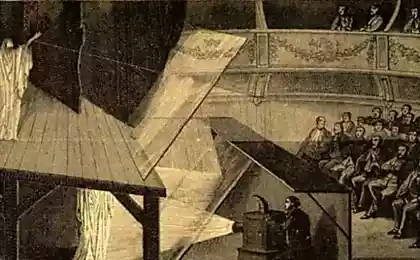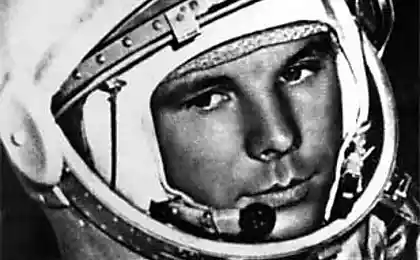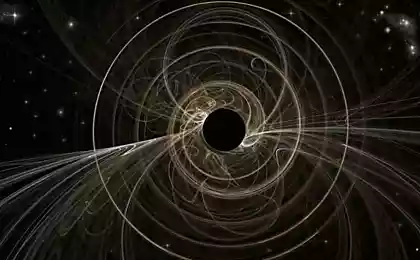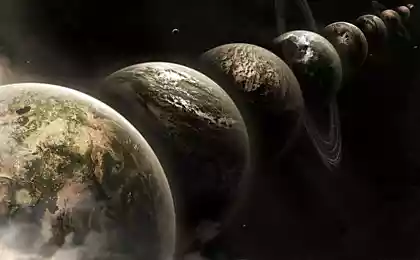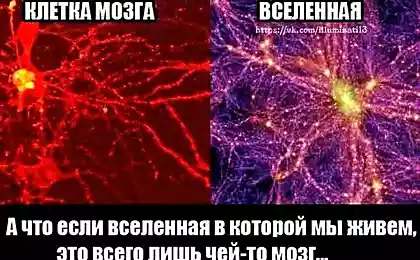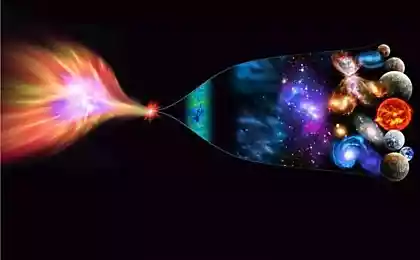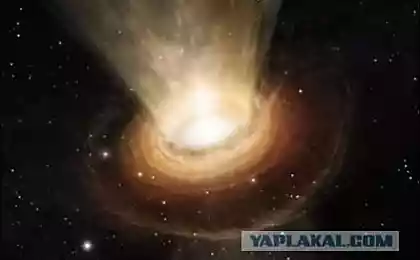273
Could our three-dimensional universe be an illusion?
"We want to find out if space-time can be a quantum system, like matter," says Craig Hogan, director of the Fermi Laboratory's Center for Particle Astrophysics and developer of the holographic noise theory. If we see something, we will completely change the idea of space, which has developed for thousands of years.
Like characters on TV shows who are unaware that their two-dimensional world exists in our three-dimensional, we may not know that our three-dimensional space is an illusion. Information about everything in our universe can actually be encoded in tiny packages in a double dimension. A unique experiment called the Holometer, supported by the Fermi National Acceleration Laboratory, will help collect data that will help answer several brain-exploding questions about our universe — including whether we live in a hologram.
Take a closer look at your TV screen and see pixels, small data dots that create a solid image if you’re looking from afar. Scientists believe that information in the universe can be stored in the same way, only that the size of the pixel will be 10 trillion trillion times smaller than an atom and close to what physicists call the Planck length.
Quantum theory suggests that it is impossible to know the exact location and velocity of subatomic particles. If space consists of two-dimensional cubes with limited information about the exact location of objects, then it itself will fall under the same uncertainty theory. Just as matter continues to tremble even when cooled to absolute zero (so that we never know the exact location of the smallest particle), such digitized space must have built-in vibrations even in the lower energy state. That is, space assumes the properties of pixels, and therefore the uncertainty principle applies.
The experiment essentially explores the universe’s ability to store information. If there is a specific set of bits that tell you where it is, it becomes almost impossible to find more specific location information – even in principle. The instrument that will test these limitations in Fermi’s Holometer experiment, aka the holographic interferometer, is the most sensitive device ever created that can measure the quantum tremor of space itself.
Operating at full capacity, the Holometer uses a pair of interferometers placed close together. Each sends a laser beam of one kilowatt (the equivalent of 200,000 laser pointers) to the beam splitter and two perpendicular 40-meter manipulators. The light is then reflected back into the beam splitter, where the two beams reconnect and create fluctuations in brightness when moving. Scientists analyze these fluctuations in the brightness of the returning light and look at whether the beam splitter moved in a certain way - in the process of shaking the space itself.
"Holographic noise" is expected to be present at all frequencies, but the task of scientists is to cut off all other possible sources of vibration. The Holometer experiences frequencies so often—millions of cycles per second—that the motion of ordinary matter won’t cause any problems. The main noise will rather be produced by radio waves emitted by nearby electronics. The Holometer experiment is designed to detect and eliminate noise from these sources.
“If we find noise that we can’t get rid of, we may be able to find something fundamental in the nature of noise — noise that is inherent in space-time,” says Fermi lab physicist Aaron Chow, lead scientist and project leader for the Holometer. This is an exciting moment for physics. A positive result will open up a number of questions about how space works.”
The Holometer experiment is expected to collect data over the next year.
Source:hi-news.ru
Source: /users/1617




